Michael Bockemühl Book order

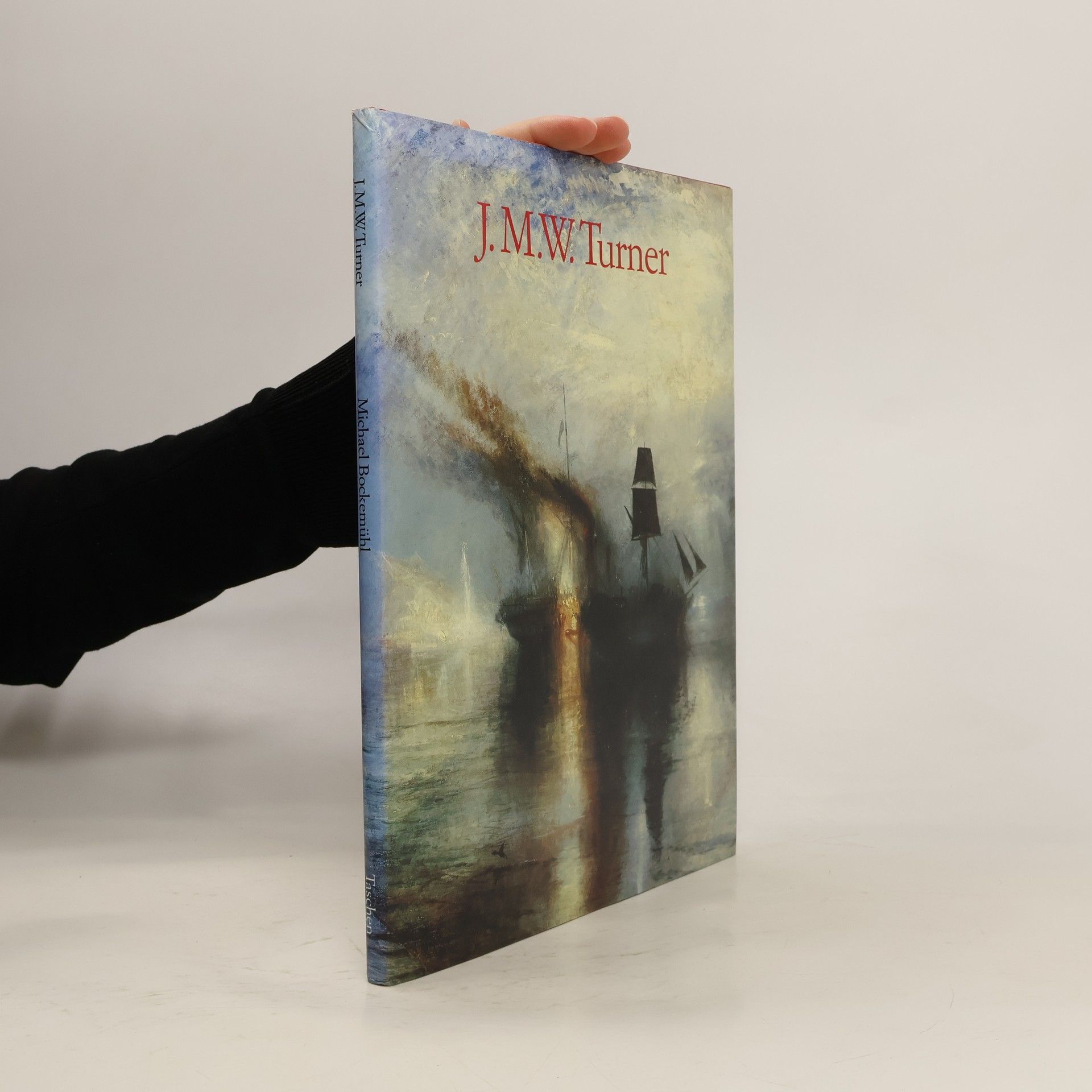
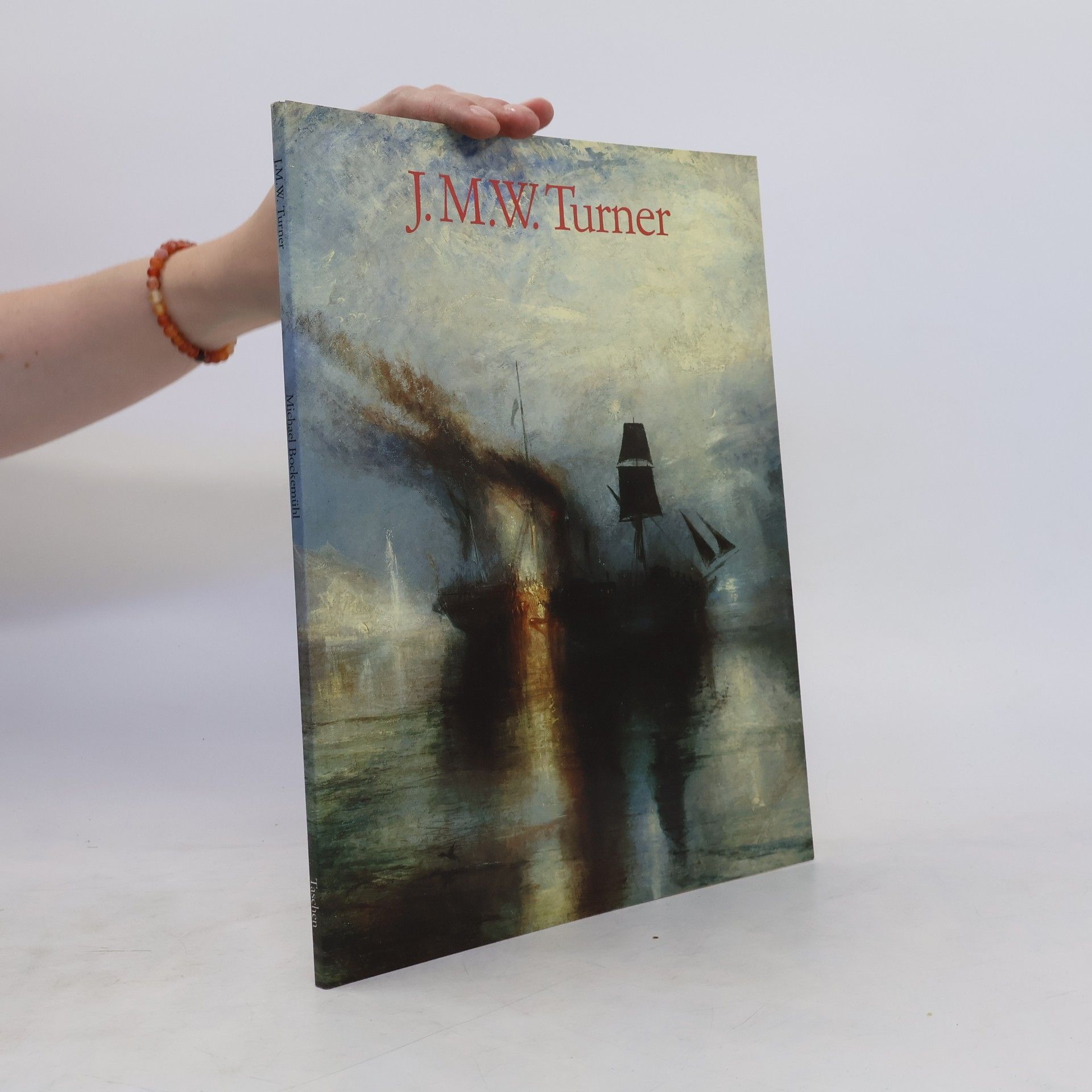
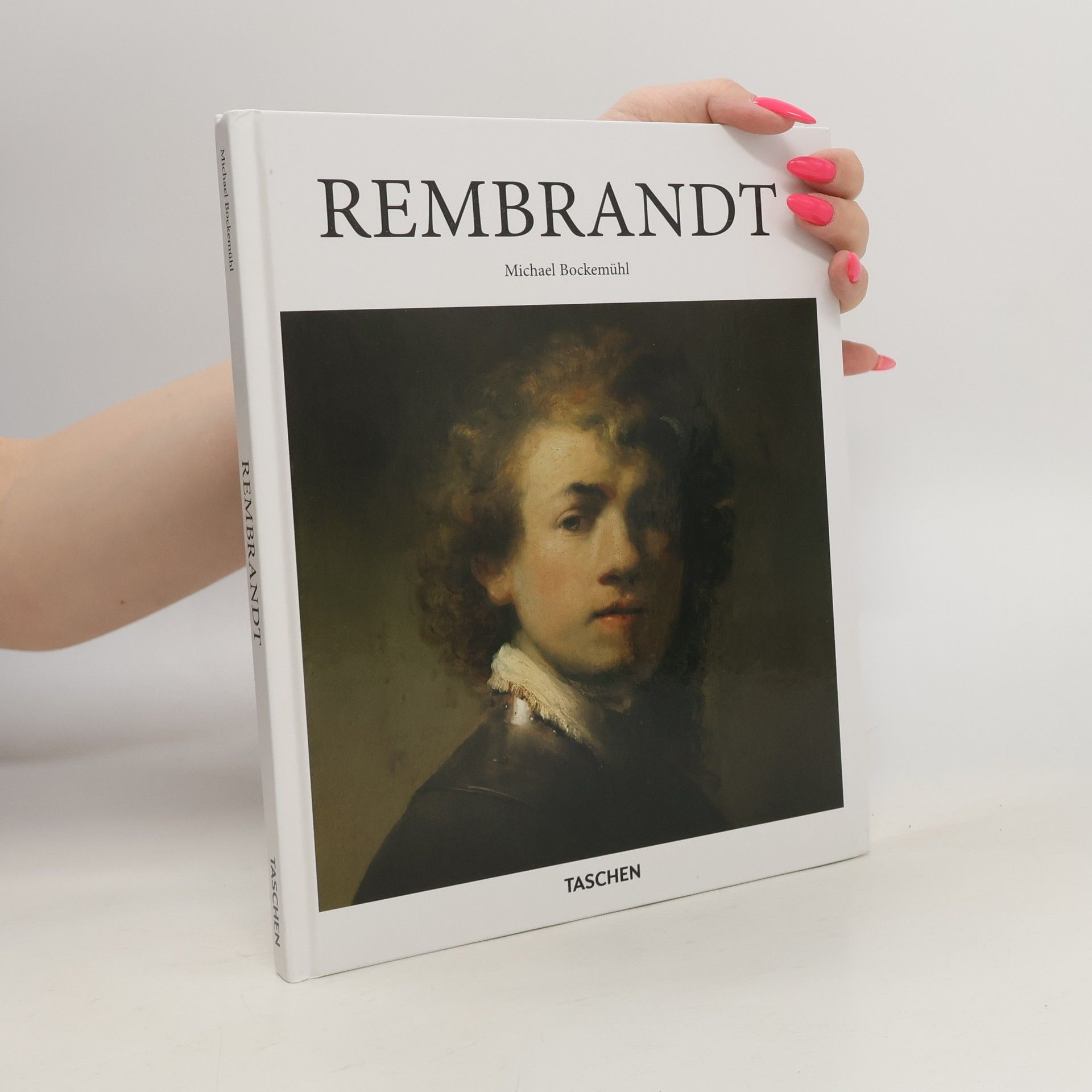
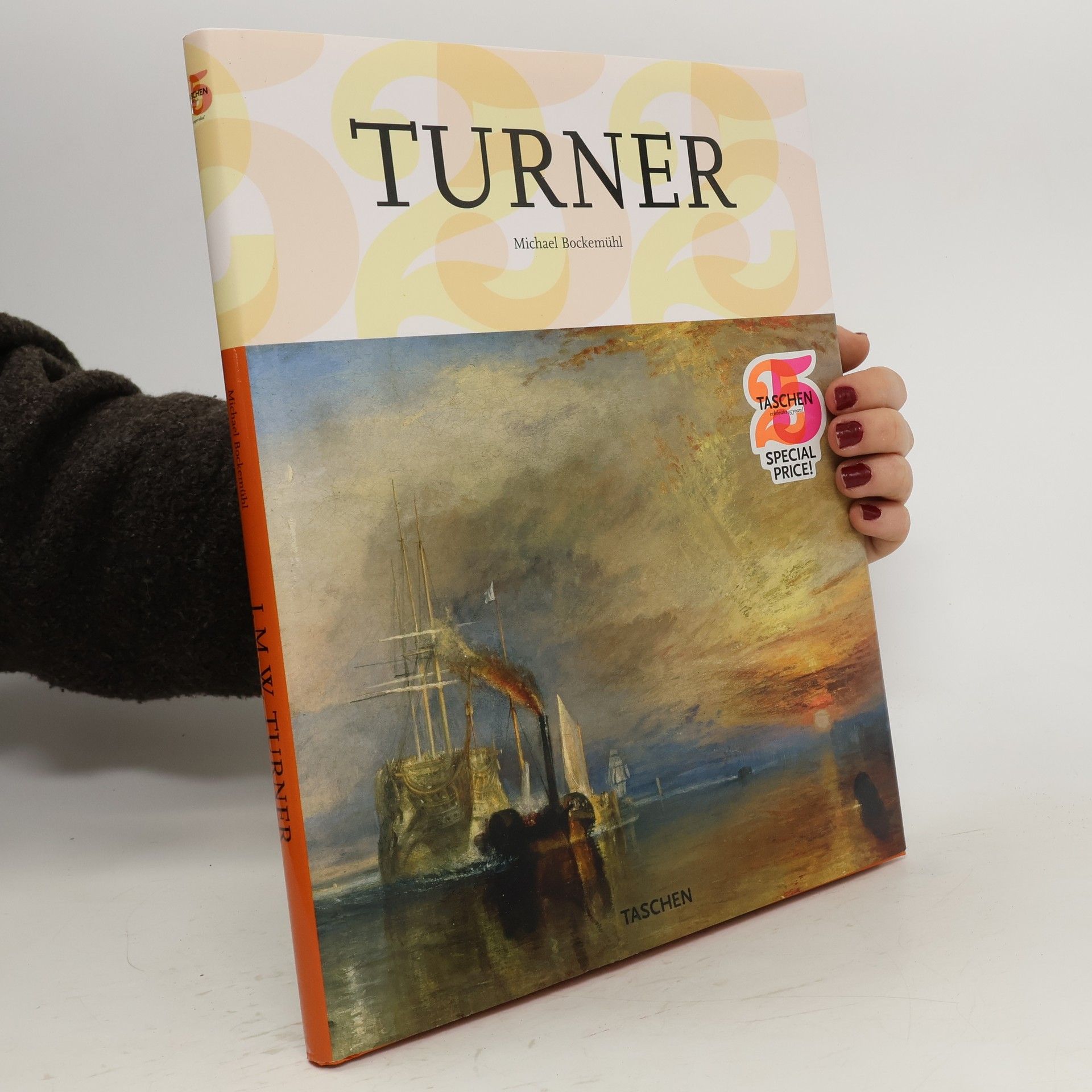
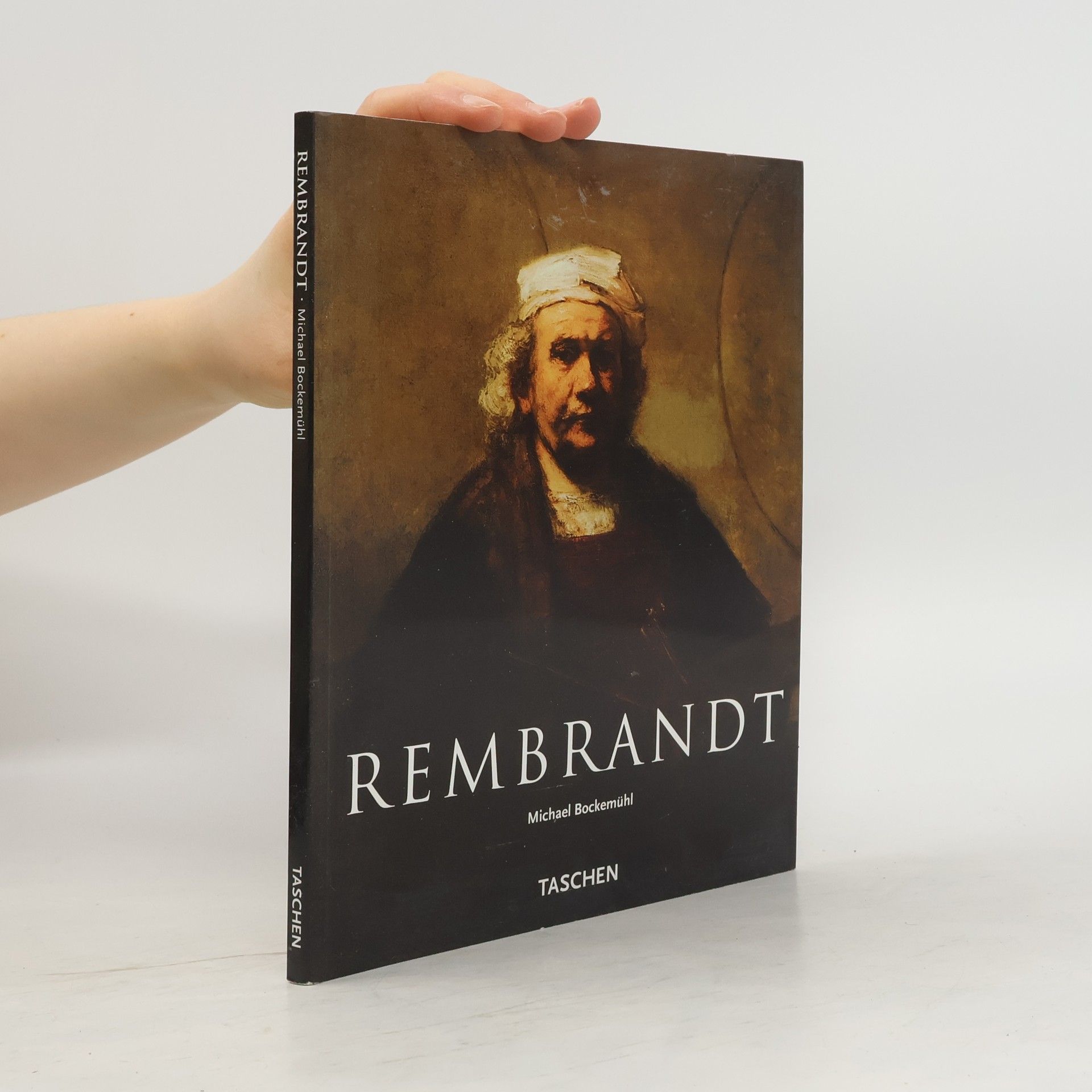

- 2023
- 2022
Der 13. Band der Reihe Kunst Sehen ist Francis Bacon und Cy Twombly gewidmet, zwei Künstler, die auf den ersten Blick wenig miteinander verbindet. Dennoch: Nicht allein haben wir es beiderseits mit Werken zu tun, die alles, was wir der abendländischen Ästhetik entsprechend als schön empfinden das Maßvolle und Ebenmäßige über Bord werfen, wir entdecken Bilder, die auf je eigene Weise das Marginale der ungerichteten Erfahrung ins Zentrum der Aufmerksamkeit stellen, obgleich es sich nicht abbilden lässt. Ins Bild gerät, was uns selbst kaum zugänglich ist: was mehr mit dem Werden und Entstehen, mit der Prozessualität als Lebensgrundlage inklusive ihrer abstoßenden, unförmigen, unabgeschlossenen Seiten zu tun hat als mit dem (Vor-)Gebildeten. So wird Wahrnehmung als Widerstreit zwischen Anziehung und Abstoßung, Erkenntnisinteresse und Unkenntlichkeit erfahrbar. Auf die Leinwand kommt das Jenseits des Abbilds: Ist es bei Bacon der Umraum, der ungestalte Leiber hervorbringt, ohne sie eindeutig zu definieren, so ist es bei Twombly der Bildraum als flüchtig beschriebene Oberfläche, die Sinnzusammenhänge ahnen lässt beide versetzen nicht zuletzt den Raum zwischen Betrachtenden und Bild in Bewegung und fordern die Beziehungsfähigkeit jenseits der gewohnten Ästhetik heraus. 0Wenn wir uns heute mit Francis Bacon und mit Cy Twombly beschäftigen, so ist das eine ganz außerordentliche Herausforderung gegenüber dem, was wir im Allgemeinen das Schöne nennen. Wir stehen hier vor einer ganz realen Frage, einer persönlichen Entscheidung - schön nicht nur zu nennen, was geworden ist, sondern schön zu nennen, was in den Vorgängen der Realerfahrung an den Grenzen des Sinnlichen sich selber zeigt, was schön ist, indem es als es selbst erscheint. - Michael Bockemühl
- 2021
Diese auf 20 Bände angelegte Edition geht auf eine viel beachtete öffentliche Vorlesungsreihe zurück, die Professor Michael Bockemühl Anfang der 1990er Jahren im Saalbau Witten hielt. In seinen Diavorträgen nimmt der Redner gemäß seinem Credo: ?Der Künstler ermöglicht, was der Anschauende verwirklicht? sein Publikum gleichsam bei der Hand und führt es zu den einzelnen Kunstwerken hin. Mit Witz und methodischer Konsequenz versteht es der passionierte Wahrnehmungsforscher die Aufmerksamkeit auf die durch nichts anderes als durch das Kunstwerk eröffneten Anschauungsmöglichkeiten zu lenken.00Band 12: Mark Rothko, Paul Newman, Ad Reinhardt 0Mit den Werken des Abstrakten Expressionismus ? Mark Rothko, Paul Newman, Ad Reinhardt ? erfährt die geordnete Beziehung von Werk und Betrachter*in eine grundlegende Wandlung auf mehreren Ebenen. Das Bild erscheint nicht mehr als begrenzte Einheit, sondern gerät in einen Prozess der Auflösung: Die ungegenständliche Malerei der drei amerikanischen Künstler lässt die Farben an sich sprechen, deren Erscheinungsweise ist jedoch weder konstant noch eindeutig, sondern höchst subjektiv und prozessual. Diesem Zustand des Unbestimmten, Uneindeutigen, Vorgängigen liefern die monumentalen Werke von Rothko und Newman ihre Betrachter*innen unerbittlich aus, eine Möglichkeit der Distanzierung ist kaum noch gegeben ? und auch Ad Rheinhardt lässt sein Publikum mit dem Eindruck des flüchtigen, diffusen Wahrnehmungsgegenstands allein. Mit dem zwölften Band der Reihe Kunst Sehen rückt an die Stelle der Beobachtung der Wahrnehmungsvorgänge angesichts des Bildes eine umfassende Erfahrung, ein Eintauchen in Farbe, welche die Positionen von Subjekt und Objekt auflöst. Wie kann sich der*die Einzelne, ausgeliefert an die Übermacht der Farbe, an ihre eindringliche Kraft und scheinbare Grenzenlosigkeit, selbst verorten und behaupten? Einmal mehr richtet Michael Bockemühl in seinen Vorlesungen den Fokus auf Grundbedingungen unserer Existenz
- 2021
Diese auf 20 Bände angelegte Edition geht auf eine viel beachtete öffentliche Vorlesungsreihe zurück, die Professor Michael Bockemühl Anfang der 1990er Jahren im Saalbau Witten hielt. In seinen Diavorträgen nimmt der Redner gemäß seinem Credo: ?Der Künstler ermöglicht, was der Anschauende verwirklicht? sein Publikum gleichsam bei der Hand und führt es zu den einzelnen Kunstwerken hin. Dabei werden weder Spekulationen über ihre möglichen Bedeutungen angestellt, noch abstrakte Theorien über das Sehen geschmiedet, vielmehr feiert der Autor ein ?Fest für das Auge?: Mit Witz und methodischer Konsequenz versteht es der passionierte Wahrnehmungsforscher die Aufmerksamkeit auf die durch nichts anderes als durch das Kunstwerk eröffneten Anschauungsmöglichkeiten zu lenken.0Die Bände werden herausgegeben von Dr. phil. David Hornemann v. Laer (Fakultät für Kulturreflexion / Studium fundamentale) in Zusammenarbeit mit Birgit Bockemühl sowie Studierenden an der Universität Witten/Herdecke
- 2020
Diese Edition umfasst 20 Bände und basiert auf Vorlesungen von Professor Michael Bockemühl. Band 11 widmet sich Salvador Dalí und der Surrealismus, beleuchtet die Unsicherheit der Wahrnehmung und die Instabilität von Realität und Vorstellung. Bockemühl zeigt, wie Dalís Werke die Grenzen des Verstehens herausfordern.
- 2020
Farbtöne, Klangfarben, Harmonien ? wie kein anderer Künstler der klassischen Moderne bewegte sich Paul Klee als Maler, Musiker und Schriftsteller virtuos zwischen den Genres, brachte sie in Austausch und überwand spielerisch die Grenze zwischen den bildenden und den performativen Künsten. Damit gab er tiefe Einblicke in das schöpferische Zwischenreich, aus dem nicht allein die künstlerischen Werke, sondern auch der Akt der Wahrnehmung selbst entspringt.0Diese auf 20 Bände ausgelegte Edition geht auf eine viel beachtete öffentliche Vorlesungsreihe zurück, die Professor Michael Bockemühl Anfang der 1990er Jahren im Saalbau Witten hielt. In seinen Diavorträgen nimmt der Redner gemäß seinem Credo: ?Der Künstler ermöglicht, was der Anschauende verwirklicht? sein Publikum gleichsam bei der Hand und führt es zu den einzelnen Kunstwerken hin. Dabei werden weder Spekulationen über ihre möglichen Bedeutungen angestellt, noch abstrakte Theorien über das Sehen geschmiedet, vielmehr feiert der Autor ein ?Fest für das Auge?: Mit Witz und methodischer Konsequenz versteht es der passionierte Wahrnehmungsforscher die Aufmerksamkeit auf die durch nichts anderes als durch das Kunstwerk eröffneten Anschauungsmöglichkeiten zu lenken.0Die Bände werden herausgegeben von Dr. phil. David Hornemann v. Laer (Fakultät für Kulturreflexion / Studium fundamentale) in Zusammenarbeit mit Birgit Bockemühl sowie Studierenden an der Universität Witten/Herdecke
- 2019
Diese Edition umfasst 20 Bände und basiert auf einer öffentlichen Vorlesungsreihe von Professor Michael Bockemühl aus den 1990er Jahren. In seinen Diavorträgen führt der Redner das Publikum zu den Kunstwerken, ohne Spekulationen über deren Bedeutungen oder abstrakte Theorien über das Sehen anzustellen. Stattdessen feiert der Autor ein „Fest für das Auge“ und lenkt die Aufmerksamkeit auf die Anschauungsmöglichkeiten, die nur durch das Kunstwerk eröffnet werden. Die Bände werden von Dr. phil. David Hornemann v. Laer in Zusammenarbeit mit Birgit Bockemühl und Studierenden der Universität Witten/Herdecke herausgegeben. Im achten Band wird Emil Nolde behandelt, ein von den Nationalsozialisten verfemter und gleichzeitig aktiver Antisemit. Bockemühl stellt in seinen Vorlesungen das Sehen selbst in den Mittelpunkt. Es geht nicht um historische Kontextualisierung oder Deutung, sondern um die Frage, wie uns die Bilder wahrnehmen lassen. Die Entdeckung einer immensen Beweglichkeit in Noldes Werk eröffnet Raum für offene Wahrnehmung. Der Pinselstrich zerbricht Formen und trennt das Dargestellte von der äußeren Wirklichkeit, während die Farben die Szenerien transzendieren. Nolde findet in einer wilden Matrix Wesen und Visionen, die das Uneindeutige und Offene betonen. Seine Bilder fordern uns heraus, die eigene Offenheit und Ambiguität zu erkunden, während wir uns auf die Expedition in unser eigenes Sehen begeben.
- 2019
Diese Edition, bestehend aus 20 Bänden, basiert auf einer öffentlichen Vorlesungsreihe von Professor Michael Bockemühl aus den 1990er Jahren. In seinen Diavorträgen führt er das Publikum zu den Kunstwerken, ohne Spekulationen über deren Bedeutungen oder abstrakte Theorien über das Sehen anzustellen. Stattdessen zelebriert er ein „Fest für das Auge“ und lenkt die Aufmerksamkeit auf die durch die Kunstwerke eröffneten Anschauungsmöglichkeiten. Die Bände werden von Dr. phil. David Hornemann v. Laer in Zusammenarbeit mit Birgit Bockemühl und Studierenden der Universität Witten/Herdecke herausgegeben. Im siebten Band wird das Verhältnis von Wahrnehmung und Wirklichkeit anhand von Wassily Kandinskys Werk thematisiert. Bockemühl betont, dass das Sehen als geistige Tätigkeit verstanden werden muss. Kandinskys Werke, insbesondere seine freien Kompositionen, zeigen, dass Wahrnehmung nicht nur ein Prozess ist, sondern auch die Widerständigkeit und Unabgeschlossenheit des Sehens offenbart. Das Bild wird als vitale Struktur von Beziehungen der „abstrakten“ Bildelemente beschrieben, die Raum für Erzählungen bietet, jedoch nie vollständig formuliert ist. Diese Ungewissheit fordert den Betrachter auf, in Bewegung zu bleiben und die innere Konstellation des Bildes sowie seinen eigenen Zusammenhang mit der Welt immer wieder neu zu hinterfragen und auszubalancieren.
